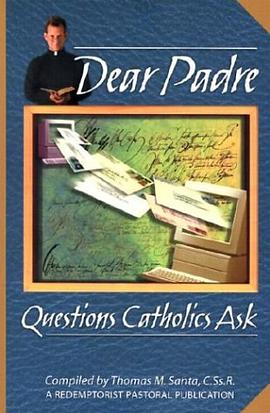

具体描述
This thought-provoking book accompanies an exhibition which will draw together some of the Museum's most important objects in the context of its 250th anniversary. It addresses questions such as how, when and why people or events are commemorated, at the same time examining how the British Museum itself is celebrated and remembered. Institutions such as the BM, devoted to collections of cultural objects, provide extensive insight into the ways in which memory operates in a wide variety of different social and historical circumstances. Commemorative items of many sorts are their stock in trade, as illustrated widely here: painted or sculpted portraits, medals, coins and banknotes, sepulchres, reliquaries, inscriptions, souvenirs and memorabilia, photographs and archives, and diaries. Beyond its collection, the Museum itself has necessarily become a place of memory, from its architecture to the naming of its parts. This catalogue addresses fundamental questions concerning the linkage between the creation of objects and the creation of memory as an aspect of human culture in general. Ultimately, memory is tied up with the complex question of identity, personal identity and social or cultural identity. As the surrealist film-maker Luis Bunuel wrote: 'You have to begin to lose your memory, if only in bits and pieces, to realise that memory is what makes our lives. Life without memory is no life at all.'
作者简介
目录信息
读后感
评分
评分
评分
评分
用户评价
相关图书
本站所有内容均为互联网搜索引擎提供的公开搜索信息,本站不存储任何数据与内容,任何内容与数据均与本站无关,如有需要请联系相关搜索引擎包括但不限于百度,google,bing,sogou 等
© 2025 book.wenda123.org All Rights Reserved. 图书目录大全 版权所有




















